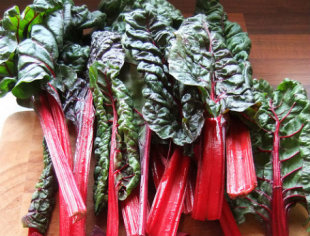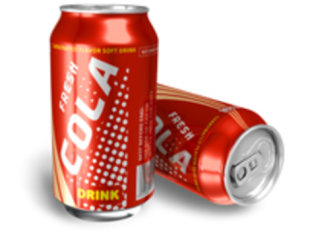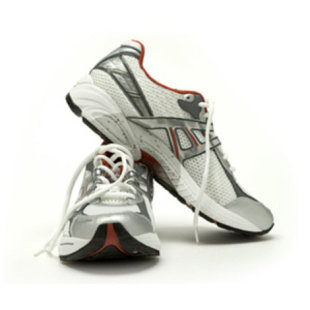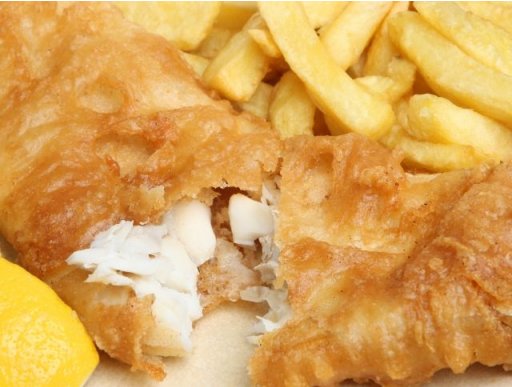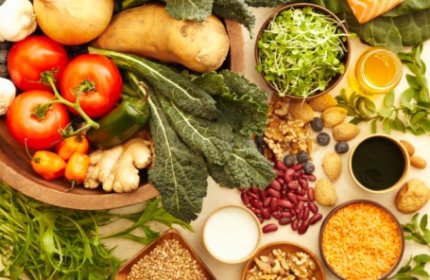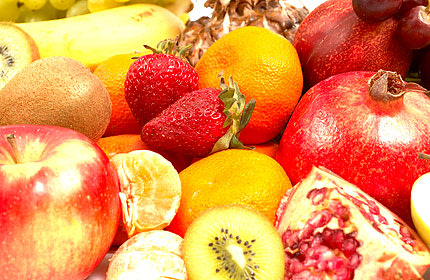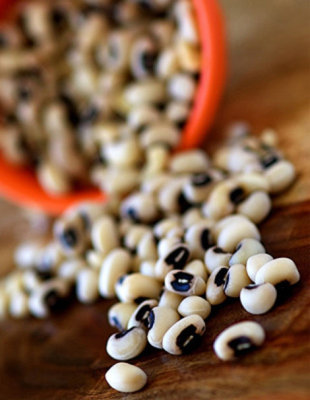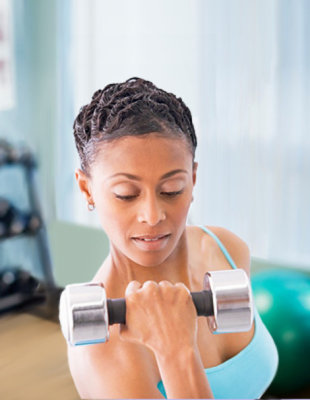
Dr. Robert Emmons, a professor at the University of California at Davis and one of the leading gratitude scholars, has found that gratitude can help people increase their "set point" for happiness-meaning their base level-by as much as 25 percent, sustaining it for several months.
That's groundbreaking.
It contradicts the widely held notion that people's set points for happiness are fixed and unchanging. Not only are these set points flexible, but some say that the regular practice of gratitude has dramatically changed their lives, impacting family, friends and anyone else around them.
The good news is that we can all do this. But before we practice gratitude, we must first understand what it is. Dr. Emmons describes it like this: To have gratitude is to first acknowledge receipt of something valuable, to then feel thankful for it and be inclined to offer kindness back.
It comes from Latin words like gratis, meaning to get something for free, and grace, translated as the freely offered love and favor of God. Gratitude can be a feeling, a virtue, an attitude and a choice.
The idea of gratitude as a practice involves a two-step process: first, an awareness of the goodness or giftedness of life, that there are elements of living that make it worthwhile. It is then followed by the notion that receiving this gift, at least in part, comes from someone or something else.
The recognition that this goodness lies at least partially outside of the self is an important step in accepting and expressing gratitude. It implies an essential need for humility. Gratitude offers the opportunity to reinterpret events or actions and see things in a potentially different light. This is when gratitude can grow from a mere feeling to a transformational event.
It makes sense to feel grateful when things go well, but what happens when life is unfortunate or even cruel? Gratitude may be one of the best things to do when times get tough. To come out of difficult times with a new perception or understanding-to see a benefit as opposed to a curse-can be a critical rethinking that alters the trajectory of our lives.
People who experience gratitude in the midst of dire circumstances or tragedy consistently report more and better feelings of happiness, less depression, anxiety and poor outcomes down the road as compared to those who do not.
The biggest challenge to cultivating gratitude may be that we simply don't think about it much. It's not that we choose not to be grateful, we just pass by on the chance. Most of us are running around so fast in an effort to manage our lives, we don't even see opportunities for gratitude to happen.
It can be easy to gloss over the simple gifts that show up in our day-to-day existence in place of "to do" lists, stressors, and the upsets of yesterday. I strongly believe that feeling and expressing genuine gratitude is one of the very best health strategies to utilize.
But we can't shift into neutral and drift through the day suddenly to find a grateful lifestyle waiting on our doorstep. Nor is gratitude something we can be forced into just because it's the right thing to do.
It requires conscious effort, willingness and choice. To maximize the effects, it is important to both feel grateful and express gratitude, each of which is a distinct practice. Here are some techniques to help you do this:
Reminders.
Although the feeling may be easy to experience, the daily practice of gratitude takes discipline. Some days will be better than others, but find ways to be grateful for the gifts and blessings you currently have. Anchor this to your daily meditation or prayer practice. Write sticky notes as a reminder. Whatever it takes to keep you tuned to feeling and expressing gratitude, devote some of your energy to doing this on a regular basis.
Gratitude spiral.
I use this every morning during my walking meditation. I say a quick prayer, and then begin to think of everything I may be thankful for including family, health, warmth on a cool day, seeing the rising sun over the mountains - anything I can consciously think of. I look at what might have happened yesterday that I could be grateful for, and then I take a look towards the future and imagine things that I would like to create in my life. I picture myself accomplishing whatever I see in my mind's eye and offering "thanks" as if it has already occurred.
Gratitude journal.
Make mental notes throughout the day about what things to be grateful for and then regularly enter them in a notebook or journal. Do this in the morning or at bedtime, once a day or once weekly. Regularly assigning time allows you to develop gratitude into a practice.
Gratitude visit.
Write a letter of appreciation to someone who has had a beneficial influence on you, then meet that person and read the letter to them face to face.
Dinnertime thanks.
This may bring two healthy practices to the table (literally) - eating together and practicing gratitude. Do this either by asking one person to say a word of thanks for the meal or go around the table asking each person what they might be grateful for that day. You can even splurge and do both, one after the other.
Ultimately, the point of practicing gratitude is to alter our perspective and allow us the opportunity to see things in a different light. This chance to transform ourselves is the ultimate quality that can push us toward greater contentment.

